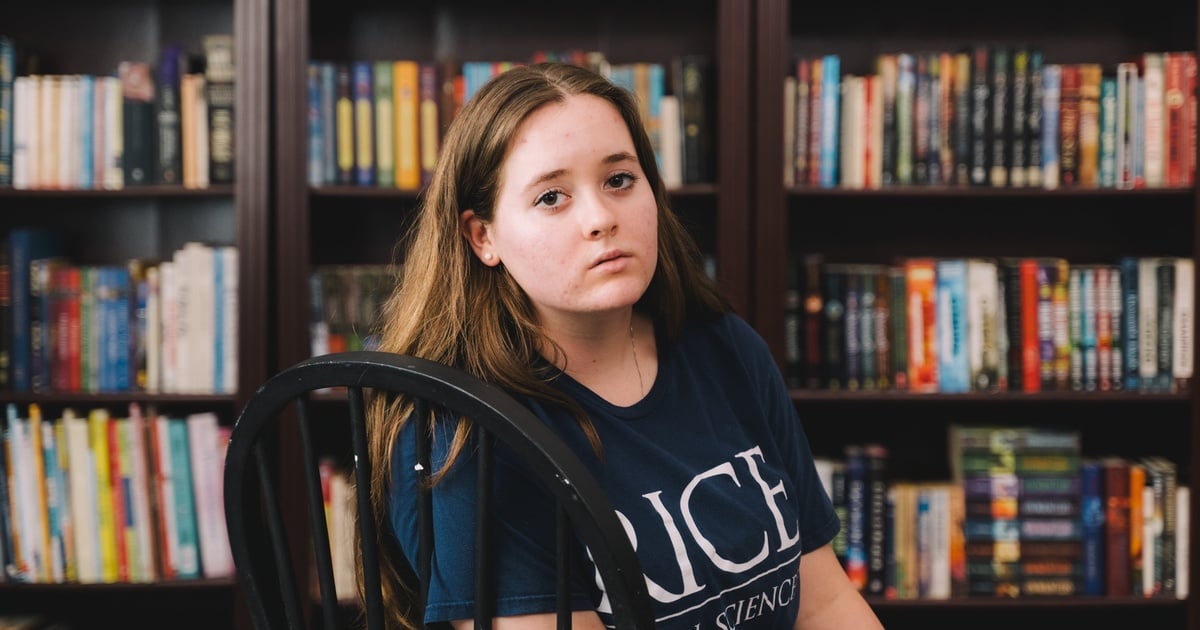…
The new matchup between Trump and Harris is helping Democrats close the enthusiasm gap, in part by capturing the attention and interest of young voters who historically vote at lower rates than older generations. But the historic nature of Harris’ candidacy as the party’s first Black woman and South Asian presidential nominee, coupled with the rapid shift in the campaign’s tone, has young voters of all political stripes taking a hard look — some for the first time — at the role they could play in November.
…
If motivated, Gen Z voters could have a major impact on elections. Texas’ population has the second youngest median age of any state, other than Utah. And in 2020, there were about 1.3 million Texans ages 18 to 24 who were registered to vote. Those voters have historically turned out to vote at rates lower than any other age range, with voter participation rates increasing steadily as age ranges increase.
About 43% of young Texans aged 18-29 voted in 2020 — an eleven point increase from 2016. 66% of all eligible voters and 76% of eligible voters age 64 and older voted that same year.



It’s a nice dream but sadly I don’t think one that will happen this election. Gerrymandering and vote suppression has already seen to that.
Gerrymandering doesn’t apply to most state’s presidential elections, it applies to congressional house maps, not electoral votes
* technically Maine and Nebraska split votes by congressional district but they are kind of the exception here
Other forms of voter suppression in the presidential election though are certainty going on there to be fair
Fair, though there is more being voted on this election than just the president. A lot of other political offices and referendums are up for vote and gerrymandering contributes to the widespread mentality that minority votes in a given district don’t matter, even for the presidential election.
2020 had the highest voter turnout in US history, but that was still only 2/3 of eligible voters showing up at the polls, so 1 in 3 people (and usually it’s more than that) decided it wasn’t worth it likely because of that sense of futility caused by gerrymandering taking their political voice away.
This is precisely why I felt the need to clarify what specifically gerrymandering impacts because people often use it as a reason to feel hopeless, but we need to remind ourselves that there are still winnable fights out there if we fight them
Gerrymandering can be pretty brittle. It relies on accurate models of who will vote and for whom. If the underlying assumptions are either wrong or change, then it can backfire. Here’s an extreme napkin-math example to illustrate the point:
You have 3 districts. Candidate A is extremely unpopular. You split the voters to get 2 out of 3 districts for candidate A.
District 1:
Candidate A: 5%
Candidate B: 50%
Not Voting: 45%
District 2:
Candidate A: 20%
Candidate B: 15%
Not Voting: 65%
District 3:
Candidate A: 25%
Candidate B: 20%
Not Voting: 55%
As you can see, even though if you add up all the voters for candidate B they heavily outnumber candidate A’s voters, by siloing them into one district you can win. But look at the margins for the other 2 districts. It doesn’t take many new voters who you assumed wouldn’t vote to upset your scheme. Depending on exactly how unpopular your candidate is, the margins for this might be pretty tight. It only takes an extra 10% of the voters moving from not voting to candidate B to cause a landslide 3 district sweep in this example.
It has been working well for them for a long time though.
Gerrymandering is indeed a powerful tool. I’m just saying that it can backfire under the right conditions.